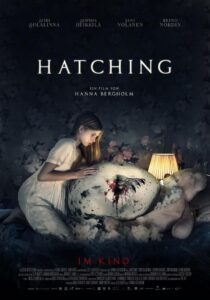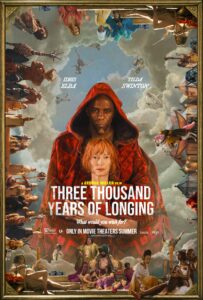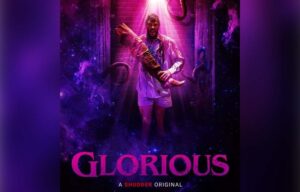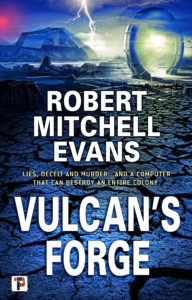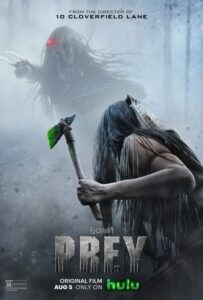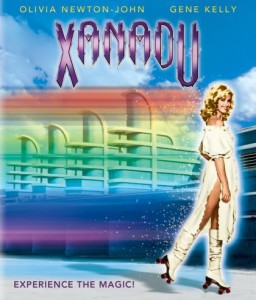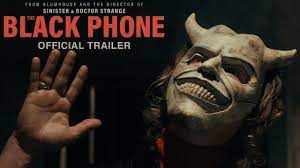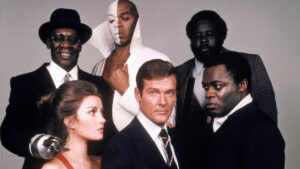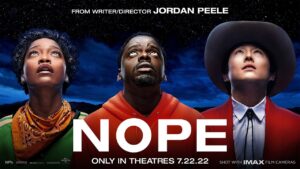Hatching is a family-drama/horror film from Finland.
Siiri Solalinna plays 13 years old Tinja, a girl trying desperately as a gymnast to please her
mother, a former gymnast herself and now creating content for the internet presenting her life and family as a model of perfection.
When a stray bird ruins one of mother’s video shoots it ends up dead and feeling guilty for the animal Tinja finds the bird’s nest and begins incubating its egg.
Kept secret from the rest of the family Tinja egg’s grows to enormous size and reacts directly to her presence and touch. Once hatched the chick, nearly as large as Tinja herself, displays a deep emotional connection to Tinja and begins acting upon her repressed feelings and anger.
Sadly, Hatching is not a very engaging picture. It is a prime example of a plot-driven structure. Aside from taking the egg to begin with and hiding it Tinja, our protagonist, does very little to drive the action of the story or even make meaning choices in her actions. Tinja reacts to the bird’s death, reacts to the strange egg, reacts to discovering her mother’s affair, but rarely is proactive making for a passive character. This is a shame as Siiri Solalinna is a terrific young actress and, in my opinion, gives the most compelling performance of the film. I certainly hope to see more her as she matures and continue her career.
The special effects of the film are quite good. I believe that for most of the ‘monster’ effects the production utilized puppetry and make-up effects rather than digital visual imagery and their choice was correct. Hatching doesn’t feel or look cheap The cinematography is lush and vivid, the sets and design inviting and create a real of real places and locations. It is the script that fails the production giving as an interesting premise that never fully mature into character driven story.
Hatching is currently streaming in the US on HULU.
